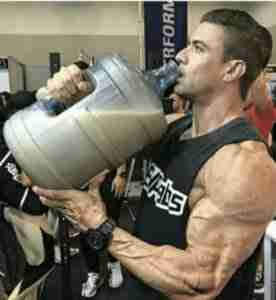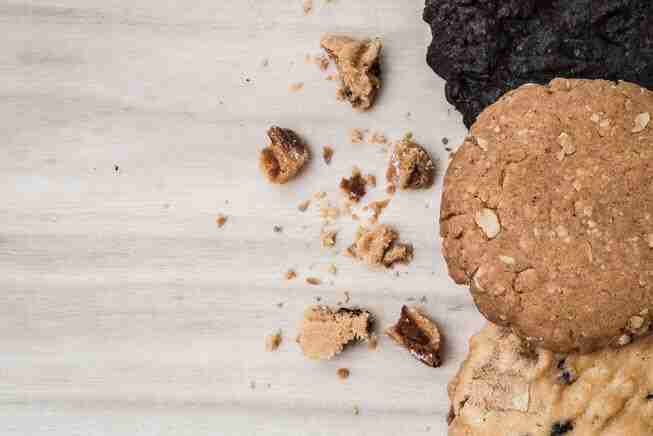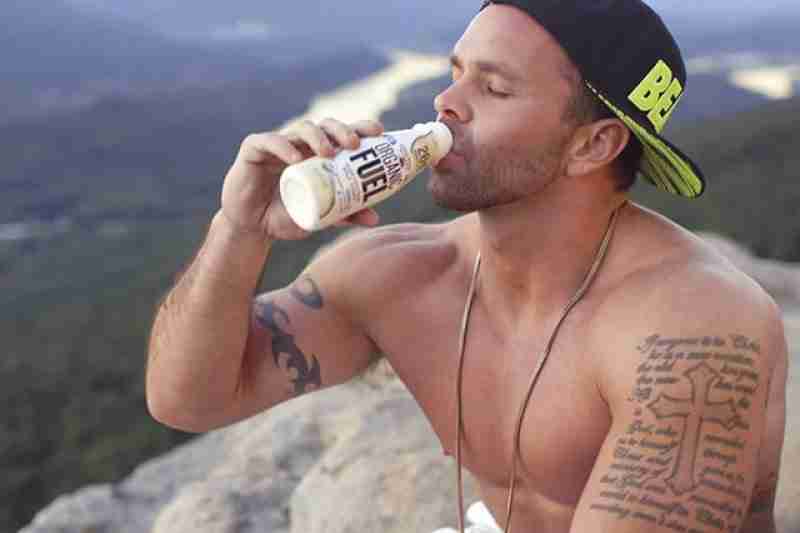In most supermarket aisles you’re likely to come across at least one product that features ‘protein’ somewhere in the title. Added proteins, such as whey, soy or pea protein, are big business, making their way into everything from breakfast cereals, energy bars and shakes, to cookies and candy bars.
Advocates claim that consuming extra protein will conquer hunger and create a firm and muscled physique. The packaging for these products often has a subtly more clinical feel, with buzzwords like ‘muscle’ and ‘power’ to cajole us into thinking they are healthier and more worthy of our dollars than the non-protein version.
The truth is that protein-enhanced products rarely offer anything other than clever marketing.
How the current protein craze got started is hard to pinpoint, but the nutrient could be considered an accidental winner in the war on first fat and, then, carbohydrate. Protein was popular in the bodybuilding culture of the 1970s and ‘80s but fell out of favor after the low-fat craze took hold in the ‘90s. Now that diets that shun carbohydrate are in fashion, protein has bounced back bigger and stronger than ever.

The difference this time is that protein mania isn’t just a clique of Schwarzenegger-wannabes buying weighty tubs of protein powder from specialist health food stores. Protein has now filtered firmly into the mainstream of weight loss and wellness, and lots of regular food brands are getting in on the act.
Protein is essential but most people get plenty
Of course, protein is vital—it supplies the amino acids that are needed to maintain and generate muscles, bones and tissues, as well as make vital hormones and enzymes. Protein also has the ability to make people feel fuller, with research showing it curbs appetite longer than carbohydrate or fat.
However, intake data shows that Americans get more than enough protein. According to the CDC, on average men get 16.3 percent of their energy (calories) from protein; for women the figure is 15.8 per cent.
That’s more than sufficient given the dietary guidelines say the acceptable range for protein intakes is between 10 and 35 percent of energy (calorie) intake. It’s also significantly above the Recommended Daily Allowance (generally regarded as a recommended minimum) of 56g a day for men and 46g a day for women.
A more specific way of working out your protein need is to multiply your body weight in kilograms by 0.8 (the figure you get is how much protein you need per day in grams). However, whichever way you crunch the numbers the US is by no stretch of the imagination a protein-deficient nation. A small baked or broiled salmon fillet has 44g protein, a cup of plain nonfat yogurt has 14g of protein and a half can of kidney beans has 10.6g protein. With so many easily available protein-rich foods, and smaller amounts of protein in lots of others, intakes easily mount up.
Undeserved health halo
The issue with inserting protein into products that have no business with it, such as pancake mixes, cookies and chocolate, is that it gives a completely unwarranted health halo to foods that don’t deserve it.
Taking an isolated source of protein and adding it into something that has high levels of sugar, saturated fat and salt doesn’t turn it into a healthy product.

Dissociating protein from its natural environment also means cutting out valuable associated nutrients like iron and zinc (lean meats) omega-3 fats (oily fish), and fiber and antioxidants (plant proteins).
And of course, protein isn’t magically ‘slimming’, despite the impression that some products may give. Adding more protein-based snacks and shakes into the diet to get a streamlined physique will be counterproductive unless calories are shaved off elsewhere. Those extra protein calories will be laid down as fat if they are surplus to requirements.
Some people DO need extra protein
Athletes are a specific group that require higher amounts of protein—up to 2g per kilogram body weight at the extreme. But as athletes require more calories in general, these extra protein needs will generally be covered by the bigger meals they consume, without the need for supplements.
For example, an 82kg (180lb) endurance athlete may need up to 164g protein a day but will also require around 3,700 daily calories. Eating 164g protein as part of a 3,700-calorie diet works out at 17.7 percent of the total daily caloric intake coming from protein, which compares quite similarly with the current average of around 16 percent among the general population.
One upside of the current protein mania is that it puts a spotlight on a nutrient that few of us used to think much about, but which is worthy of more attention. While there is no reason to be concerned about our overall protein intake, we can optimize our intake for bigger benefit.
Recent research suggests there’s a limit to how much protein we can efficiently process in one go—probably about 25g— so spreading out your protein intake over breakfast, lunch and dinner, rather than the more usual pattern of having most of it in one big portion in the evening, is a good plan to maintain lean muscle tissue and keep hunger levels controlled.
This could be especially important in older people who have a more precarious protein status due to a natural drop off in muscle that happens with age: for seniors, it’s really important to consume modest protein portions spread out over the day.
Paying attention to your protein sources also matters, which means getting away from the notion that ‘protein’ always equals ‘meat’. In a meta-analysis of data measuring cardiovascular risks in people who ate diets heavier in red meat versus plant protein sources such as legumes and soy, those who ate more of the plant proteins had lower levels of both total and LDL cholesterol. In another study that found a link between high-protein intake and risk of cancer in over-65s, the association also almost vanished in participants whose protein mainly came from plants.
The reason some protein foods are healthier than others is down to the overall quality of the food ‘package’ they are part of.
For optimal health, we should be aiming for nutritious protein sources that are low in saturated fat and processed carbohydrates. And that means leaving the protein cookies and protein candies on the shelf.
Angela Dowden is a British award-winning health journalist and registered nutritionist with over 20 years of experience. Follow her on Twitter @DietWrite



































